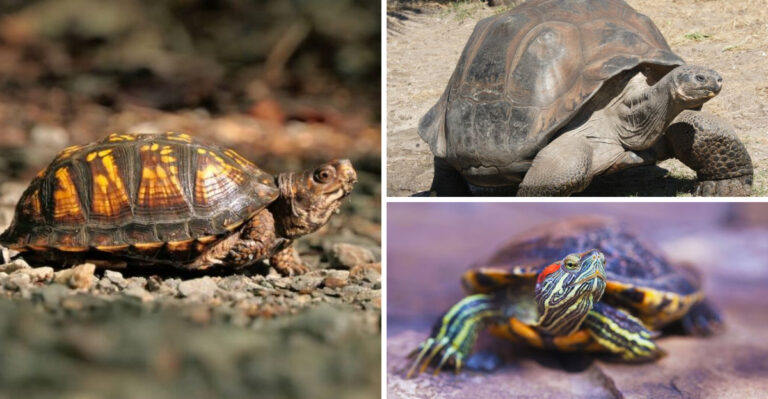12 Must-Have Supplies For Your Turtle Tank

Setting up a proper habitat for your turtle isn’t just about having a tank with water. These fascinating reptiles need specific equipment to thrive in captivity.
Creating the right environment helps prevent health problems and ensures your shelled friend lives a long, happy life. Let’s explore the essential supplies every turtle owner should have.
1. UVB Lighting
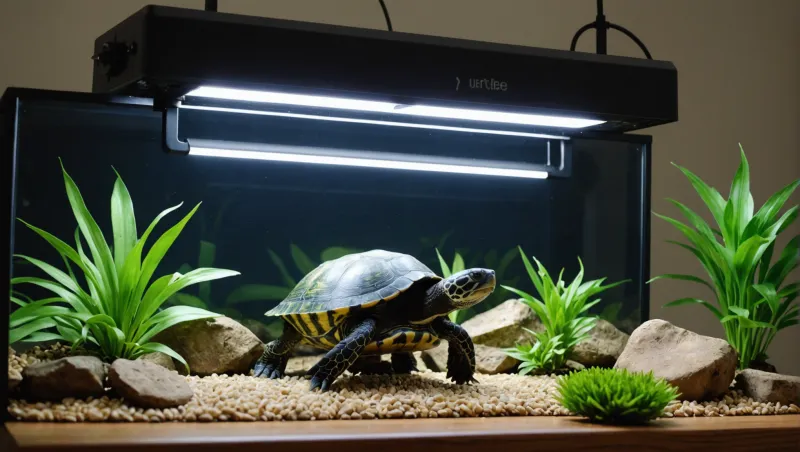
A quality UVB light mimics natural sunlight, helping your turtle produce vitamin D3 for proper shell development and calcium absorption. Without adequate UVB exposure, turtles can develop metabolic bone disease.
Look for reptile-specific bulbs that provide both UVA and UVB. Replace them every 6-12 months, even if they still emit visible light, as their UV output diminishes over time.
2. Filtration System

Turtles are messy eaters and produce significant waste. A powerful filter rated for at least twice your tank’s capacity keeps water crystal clear between cleanings. Canister filters work exceptionally well for turtle tanks.
They handle large debris while providing biological filtration to break down harmful ammonia. Your filter should create gentle water movement without producing currents too strong for your turtle to swim against.
3. Water Heater
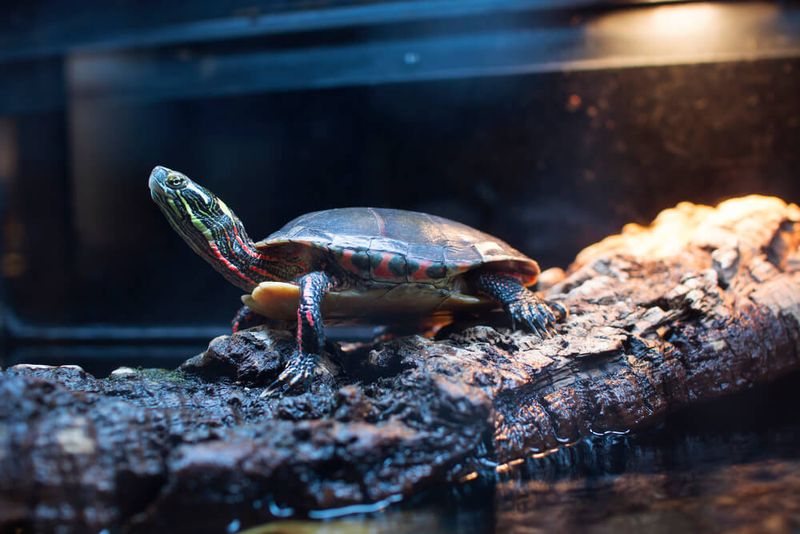
Turtles are cold-blooded creatures that rely on their environment to regulate body temperature. A submersible heater maintains consistent water warmth even when room temperatures fluctuate. Most aquatic turtles thrive in water between 75-80°F.
Choose a heater with an adjustable thermostat and protective guard to prevent burns if your turtle bumps against it. Remember to unplug it during complete water changes.
4. Substrate
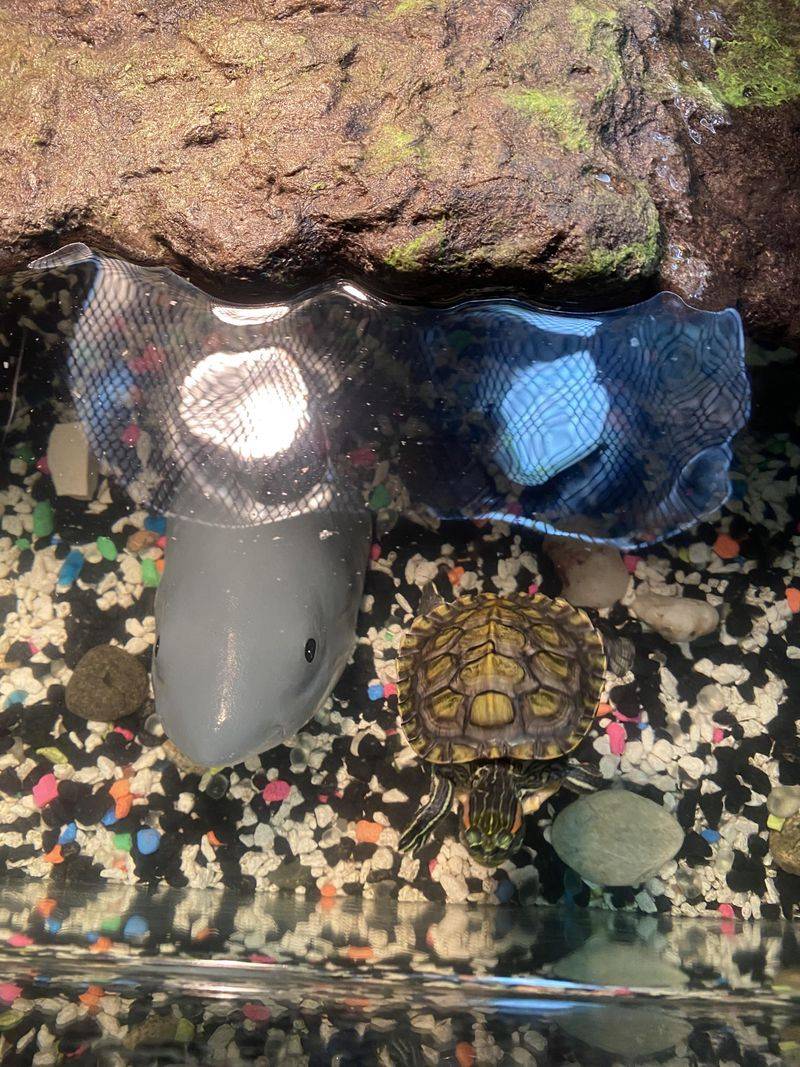
The right substrate creates a natural-looking tank bottom while serving practical purposes. Large smooth river rocks or aquarium gravel work well – just ensure pieces are too large to swallow. Some turtle keepers prefer a bare-bottom tank for easier cleaning.
If using substrate, vacuum it regularly during water changes to remove trapped waste. Avoid sand which can clog filters and potentially cause impaction if ingested.
5. Basking Platform

Every turtle needs a completely dry area to climb out of the water. These platforms allow turtles to dry off completely, which prevents shell rot and other moisture-related health issues.
Commercial floating docks work well, or create your own using non-toxic materials. Position it directly under the heat lamp and UVB light. The platform should be large enough for your turtle to fully exit the water and turn around comfortably.
6. Water Conditioner
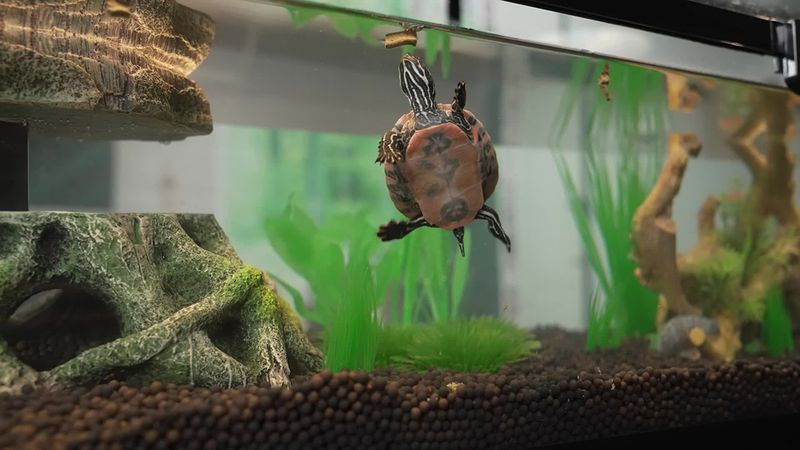
Tap water contains chlorine and chloramines that are harmful to turtles. Water conditioner neutralizes these chemicals instantly, making tap water safe for your reptilian friend. Choose a reptile-specific formula that also detoxifies heavy metals.
Add conditioner whenever you perform water changes or top-offs. Some products even help reduce odors and break down organic waste between filter cleanings.
7. Thermometers
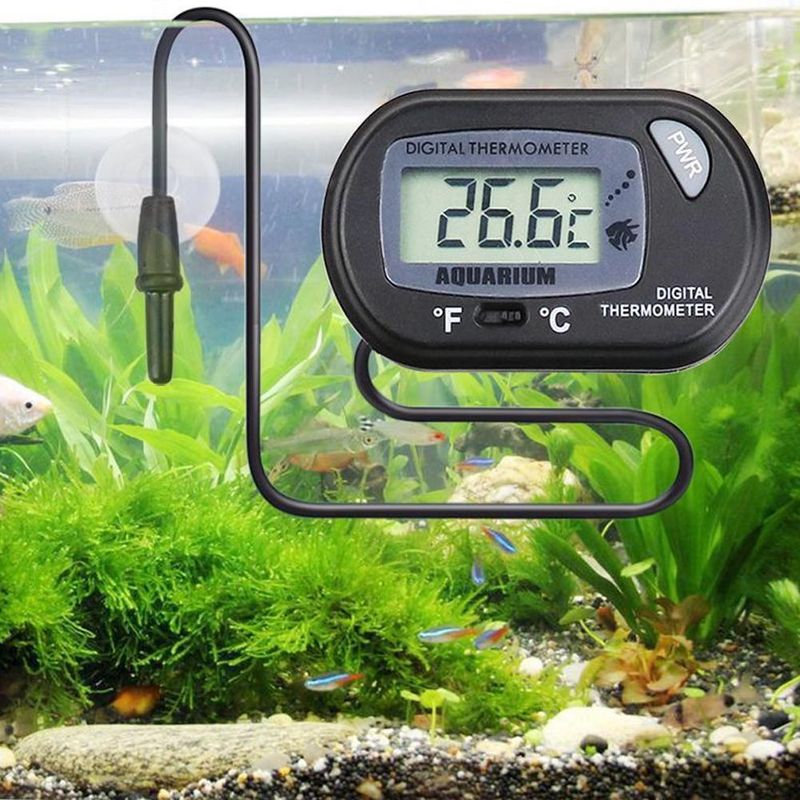
Temperature control is crucial for turtle health, making reliable thermometers essential equipment. You’ll need two: one for water temperature and another for the basking area. Digital thermometers with probes provide the most accurate readings.
The basking spot should reach 85-95°F depending on species, while water temperature requirements vary. Checking temperatures daily helps catch problems before they affect your turtle’s health.
8. Turtle Food
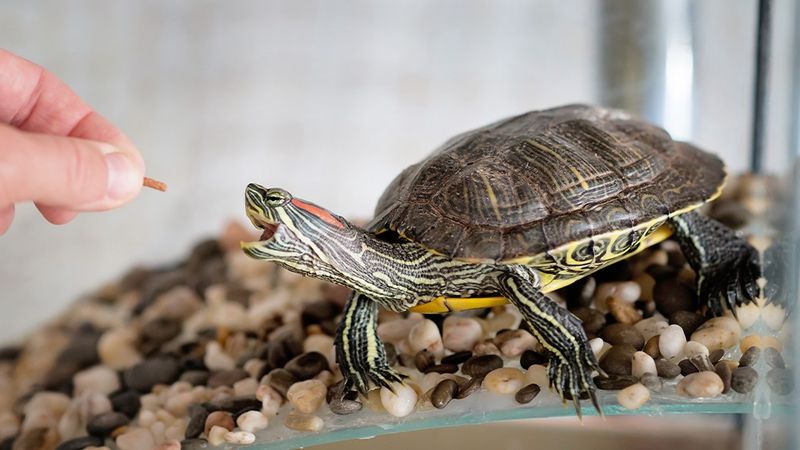
Commercial turtle pellets form the foundation of a captive turtle’s diet. These floating nuggets contain essential vitamins and minerals tailored to aquatic turtle needs. Supplement pellets with fresh vegetables like romaine lettuce, kale, and occasional protein treats such as crickets or mealworms.
Young turtles need more protein, while adults require more plant matter. Feed in a separate container when possible to reduce tank contamination.
9. Decorations And Hiding Spots
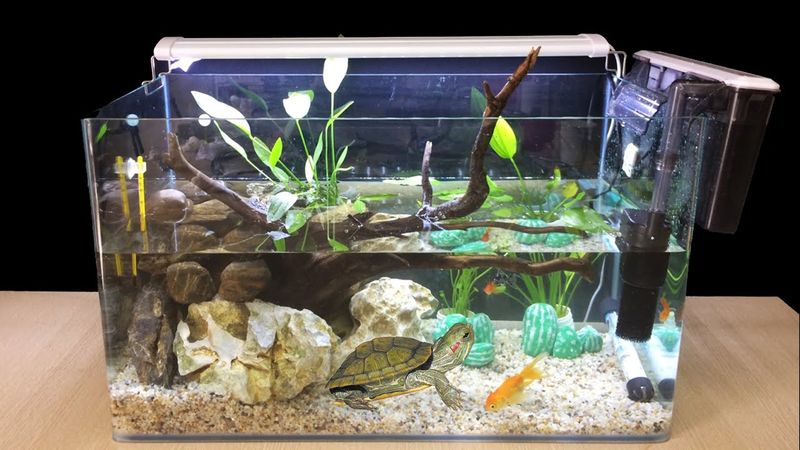
Natural-looking decorations aren’t just for aesthetics – they provide mental stimulation and security for your turtle. Smooth driftwood, non-toxic aquarium plants, and turtle-safe caves create enrichment opportunities.
Avoid items with small gaps where legs or heads could get stuck. Secure decorations firmly so they won’t topple if climbed upon. These environmental features encourage natural behaviors like exploration and provide stress-reducing hiding places.
10. Water Pump
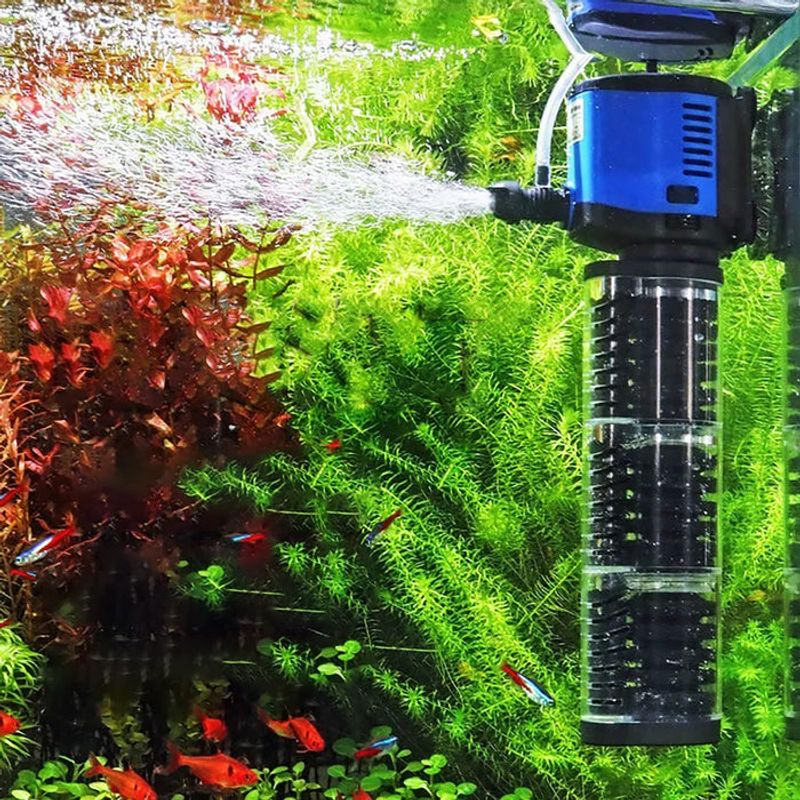
Moving water deters algae growth and improves oxygenation in your turtle’s environment. A small submersible pump creates gentle circulation without creating currents too strong for your turtle to swim against.
Position the pump to minimize dead spots where debris accumulates. Some turtle keepers combine pumps with spray bars or fountains, which add dissolved oxygen while creating pleasant ambient sounds. Regular cleaning prevents clogging from turtle waste.
11. Aquatic Plants
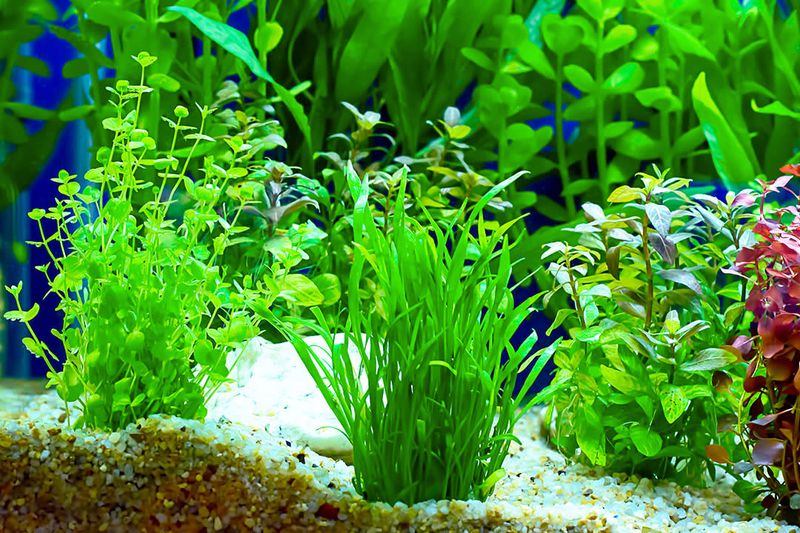
Hardy live plants add natural beauty while improving water quality by absorbing nitrates. Java fern, Anubias, and Amazon sword plants withstand turtle curiosity better than delicate species. Expect some nibbling – turtles often treat plants as salad bars!
Artificial plants offer a maintenance-free alternative that won’t be eaten. Either way, plants provide hiding places, simulate natural habitats, and create interesting swimming obstacles for active turtles.
12. Tank Lid Or Cover
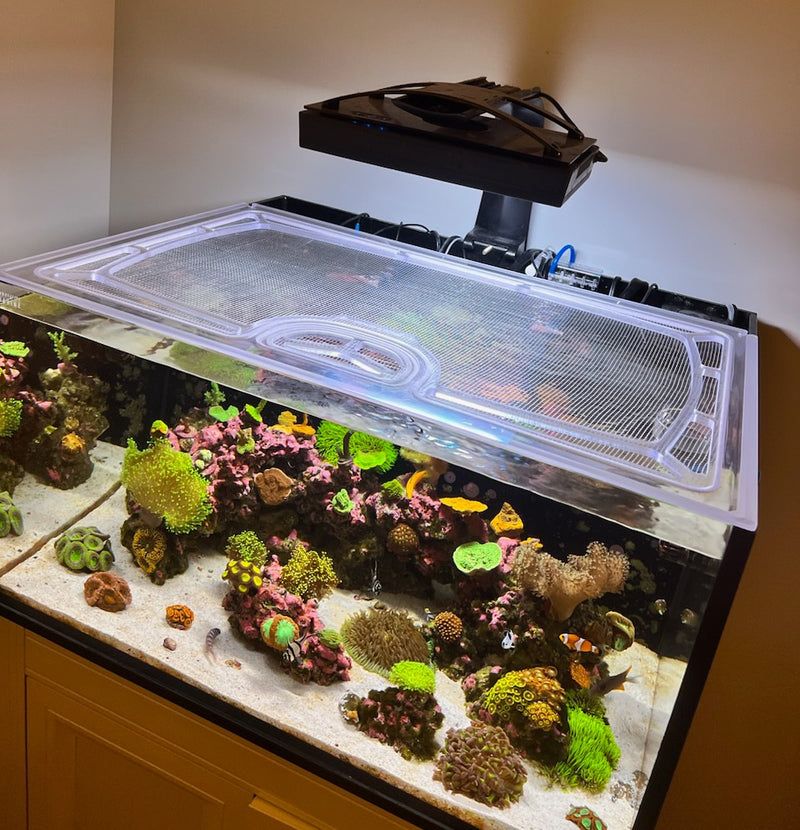
Never underestimate a turtle’s climbing abilities! A secure mesh lid prevents escapes while allowing essential UVB rays to penetrate. Proper ventilation prevents condensation buildup and maintains healthy humidity levels. The cover also keeps curious pets and children from accessing the tank.
Choose a design that accommodates all equipment while providing easy access for feeding and maintenance. Some covers include built-in light fixtures specifically designed for reptile habitats.

